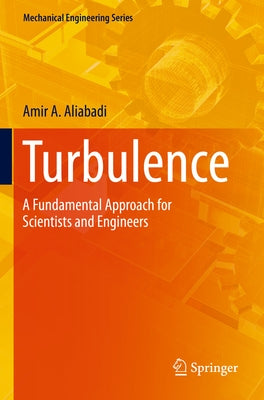Description
This textbook explains turbulent flows using an introductory but fundamental approach to teaching the core principles, striking a balance between theoretical and practical aspects of the topic without overwhelming the reader with mathematical detail. It is aimed at students in various engineering disciplines--mechanical, civil, environmental--and the geosciences. It is divided in five parts. Part 1 provides the fundamentals of turbulence, main hypotheses, and analysis tools; Part 2 illustrates various measurement techniques used to study turbulent flows; Part 3 explains the modelling and simulation frameworks to study turbulent flows; Part 4 describes brief applications of turbulence in engineering and sciences; and Part 5 presents basic statistical, mathematical, and numerical tools.
Elucidates the theory behind turbulence in a concise yet rigorous manner
Combines theoretical, computational, experimental, and applied aspects of the topic
Reinforces concepts with practice problems at the end of each chapter
Provides brief chapters on statistics, mathematics, and numerical techniques
Author: Amir A. Aliabadi
Publisher: Springer
Published: 10/14/2023
Pages: 297
Binding Type: Paperback
Weight: 0.98lbs
Size: 9.21h x 6.14w x 0.66d
ISBN13: 9783030954130
ISBN10: 3030954137
BISAC Categories:
- Technology & Engineering | Mechanical
- Technology & Engineering | Aeronautics & Astronautics
- Technology & Engineering | Power Resources | Alternative & Renewable

